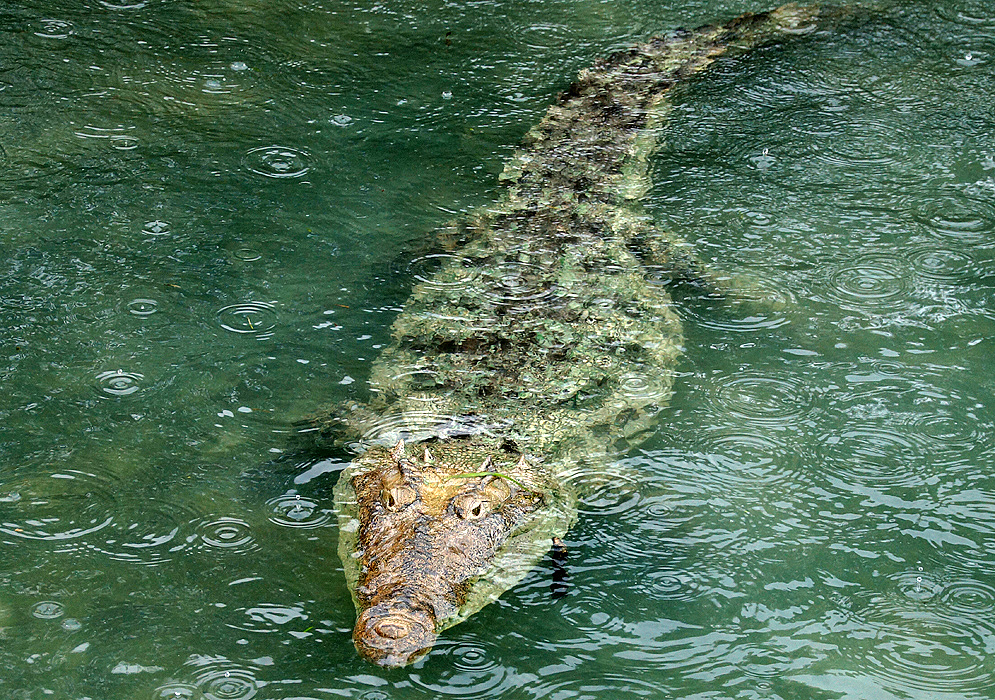This post has 11 Simple Fields-fields attached. Show fields.

The American crocodile, recognized for inhabiting the Neotropics, is a species that thrives in both freshwater and saline environments. They favor coastal areas, such as brackish lakes, mangrove swamps, lagoons, cays, and small islands, and are one of the few crocodile species adapted to saltwater due to specialized salt glands. This adaptation allows them to inhabit beaches and island formations without freshwater sources, which include areas in the Caribbean such as Lago Enriquillo in the Dominican Republic. This crocodile species, listed as Vulnerable by the IUCN, is one of the largest, with males potentially reaching up to 20 feet in length and weighing up to 2,000 pounds. Despite their size and potential for danger, they are less aggressive compared to other crocodilian species. They share their range with the American alligator in Florida and with the spectacled caiman within Central and South America. Their distribution stretches from South Florida and along the coasts of Mexico to Peru and Venezuela, marking them as the most widespread of the crocodile species in the Americas.

